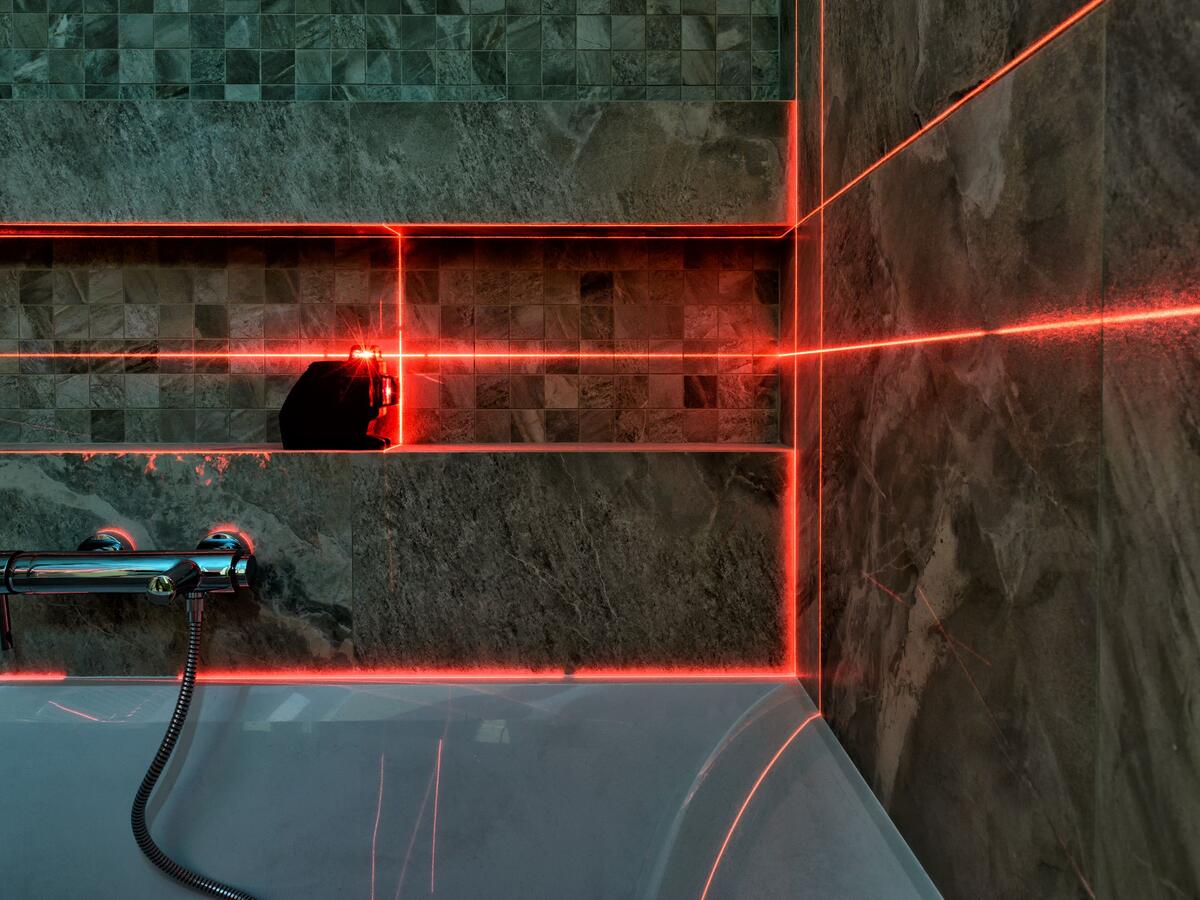
Consumer Technology Overview Brochure
UL Solutions can provide third-party evaluations on your laser or LED products to applicable optical radiation safety standards — a critical component in accessing both national and international markets.

Whether it’s a medical device, an industrial-grade tool or a piece of laboratory equipment, many products in today’s technology-driven world employ lasers or LEDs.
Laser and LED radiation safety represents a critical concern for customers. We offer a variety of laser and LED-related services, from testing to complete evaluations to obtaining a laser or LED UL Verified Mark for your products.
In addition, our state-of-the-art laboratories around the world can evaluate products to document whether they comply with the appropriate radiation safety standards. Our team of experts can generate a wide variety of deliverables, ranging from simple optical output measurement results to IECEE CB Scheme Test Reports and Certificates.
While lasers provide many technological benefits, they also create additional safety concerns. Laser radiation can prove hazardous to the eyes or skin under certain circumstances. Two laser product safety standards in particular — FDA/CDRH 21CFR within the U.S. and IEC 60825-1 outside the U.S. — serve the primary purpose of helping to ensure that a product has appropriate safeguards to protect those who use, maintain and service that product.
In addition, two new European laser product-related safety standards were issued in 2021:
Our full-service laser laboratories can perform testing to help ensure that your products meet the appropriate laser safety requirements and that you receive the necessary reports to meet U.S. FDA/CDRH and/or IEC/EN laser safety standards.
The use of Lidar technology is revolutionizing many industries, from autonomous vehicles to robotics to surveying. This laser-based technology assists with automating many common tasks such as driving, monitoring inventory, obstacle detection, and mapping. While Lidar isn’t a new development, it’s currently generating more interest as a result of these applications.
Lidar devices check the environment for objects by sending pulses of laser radiation through the air and sensing the time that elapses before the radiation reflects back. However, the laser radiation emitted can raise safety concerns about its effects on the human body — particularly the eyes.
To further complicate matters, the radiation is typically invisible and, to perform the intended function, is emitted into free space where bystanders such as pedestrians and others could be exposed without knowing it.
UL Solutions can assist Lidar manufacturers in evaluating and testing these products per the applicable laser radiation safety standards — FDA/CDRH 21CFR Part 1040 in the U.S. and IEC 60825-1 outside the U.S. These evaluations can help stakeholders and customers better understand the potential laser hazards from Lidar. Whether manufacturers want to ask UL Solutions’ laser experts questions, have us determine the potential hazard by testing and confirming the laser classification, or want UL Solutions to certify the product to these standards, we are here to help.
Our global network of laser laboratories and engineers will work to help you meet your goals. We can help you every step of the way to speed your product to market and navigate complex global standards and regulations.
As the use of LEDs grows in popularity along with their capabilities, so do the photobiological safety concerns associated with them. The blue light from phones and displays is a good example of these concerns. Both the American National Standards Institute (ANSI)-based RP-27 and IEC 62471 series of standards address the photobiological hazards from LEDs. We perform the testing and evaluation needed to determine a product’s Risk Group hazard classification as defined in the applicable standards.
Our optical radiation laboratories evaluate all types of LED-based products, from LEDs used in bar code imaging to the ones used in security cameras. Our reports help manufacturers document compliance with LED radiation safety requirements.
LEDs, lamps or lasers may emit ultraviolet (UV) radiation. This UV radiation is primarily invisible but can present a serious photobiological safety concern, potentially causing damage to exposed skin and eyes.
Also, in today’s environment, there are an increasing number of UV sterilization products on the market. It is important to measure and assess the UV radiation levels from these products. UL Solutions can evaluate the photobiological safety of the UV radiation to determine a product’s Risk Group classification and help ensure that it falls within specified exposure limits.
Several safety standards address potential UV radiation hazards, including the ANSI-based RP-27 series, the American Conference of Governmental Industrial Hygienists (ACGIH) Threshold Limit Values for occupational and environmental health requirements, and the IEC 62471 series of standards.
Our optical radiation laboratories can evaluate UV radiation to any of these standards. We provide results in the appropriate reporting format, helping increase turnaround times and access to global markets.
We can serve as your single-source provider for a comprehensive range of testing services for lasers and LEDs. Our team of experts can help you achieve the compliance credentials you need to access almost any market you choose. Plus, you may be able to reduce costs and accelerate your time to market by bundling our testing and certification services. That’s how we’ll help you achieve what’s possible, and that’s what makes us different.
Thanks for your interest in our products and services. Let's collect some information so we can connect you with the right person.